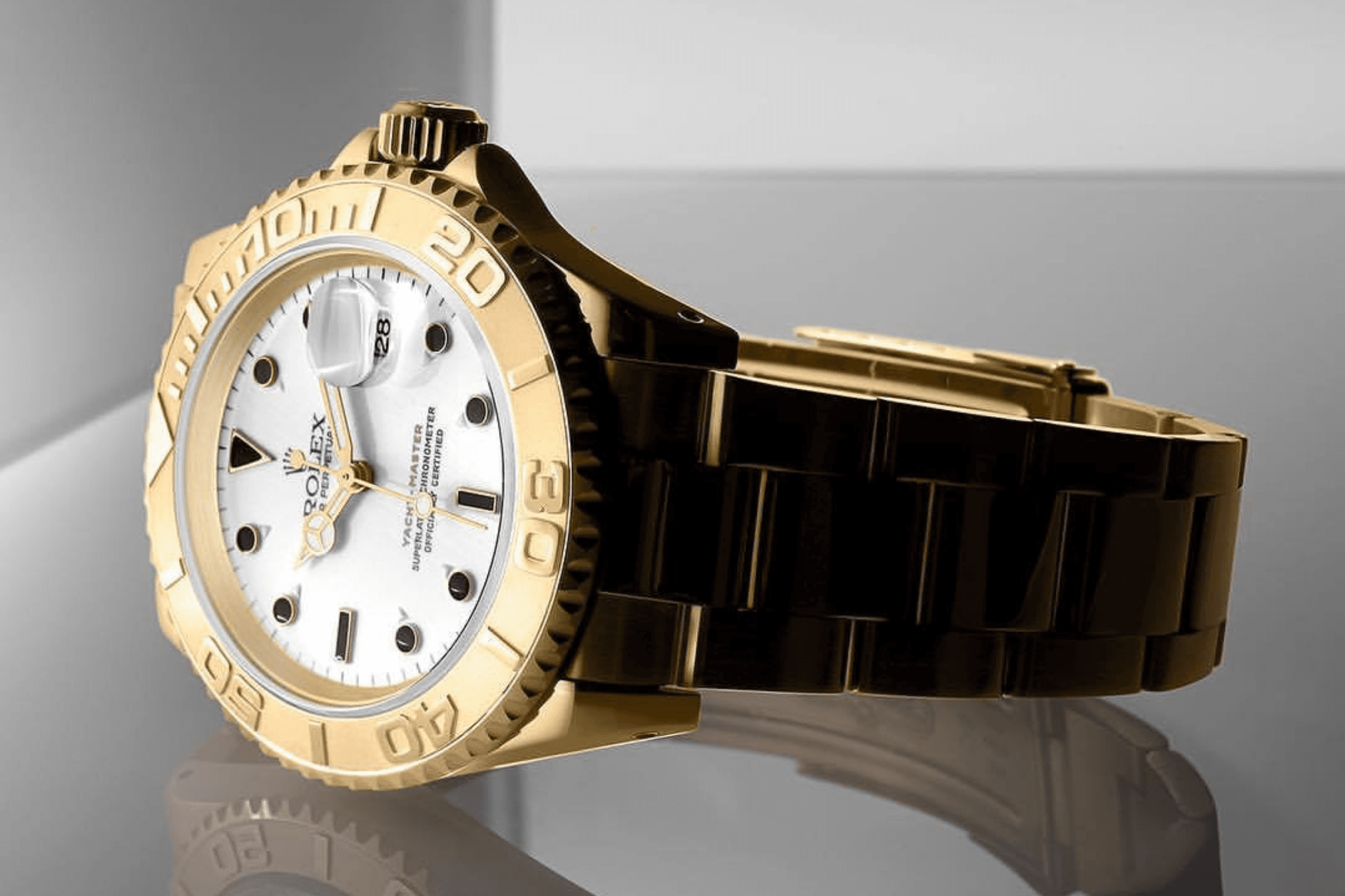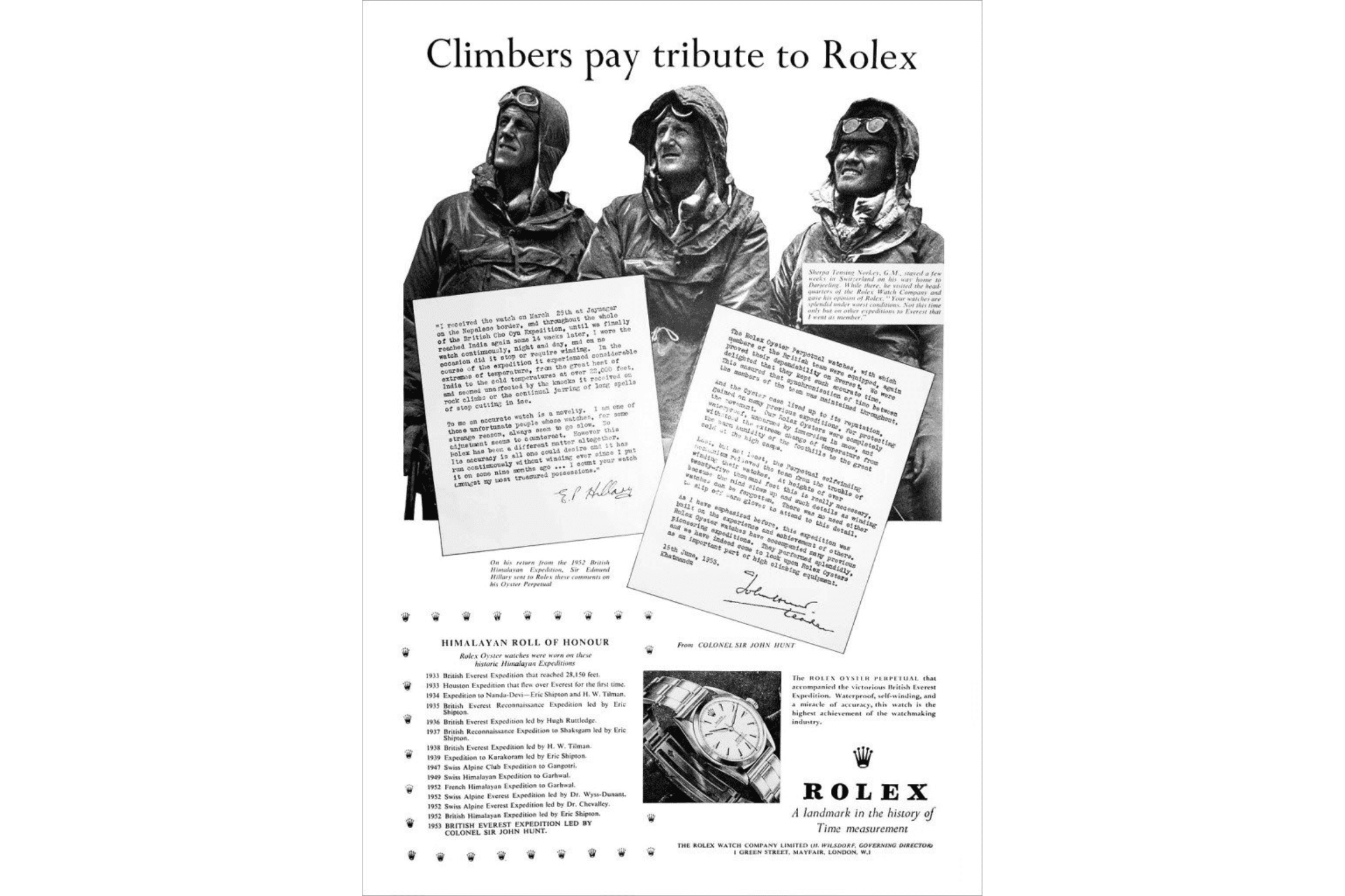
Rolex And A Trinity of Anniversaries: What Do You Expect To See?
Good things come in threes. While the world-dominating Daytona turns 60 this year, two other enduring icons – the Submariner and the Explorer – celebrate their platinum jubilee in 2023. Here’s what we hope to see in the coming months…
Anniversaries come in all shapes and sizes, well technically lengths but you get my sentiment, and some are bigger than others. 2022 marked the platinum jubilee of the UK’s Queen, Elizabeth II, when the country celebrated its longest ever reigning monarch achieving seven decades on the throne with a number of national events and a four-day holiday. One man that would have been front and center of the celebrations, had he been alive, is Hans Wilsdorf. A true Anglophile and fan of the British monarchy, with names such as Royal, Prince and even the Rolex coronet, having started his eponymous company, later to become Rolex, in London in 1908. Now, two of Wilsdorf’s most enduring icons will celebrate their platinum jubilee in 2023. Both the Submariner and Explorer turn 70 this year and the world-dominating Daytona is 60, celebrating a diamond jubilee. So, what does the year ahead hold?

There seems to be a long-running question mark over whether or not the Submariner did or did not first appear in 1953. Evidence suggests that the very first actual Submariner was displayed at Baselworld in 1954, however, the casebacks were stamped ‘53’ and the serial numbers fit within a 1953 production period. Certainly, the Sub’s forerunners 6202 Turn-O-Graph and Monometers were available in 1953. The argument, however, became somewhat redundant in 2003 when Rolex unveiled the 16610LV Submariner Date, with new Maxi dial and hands and green bezel insert. Known by collectors as the Kermit, this watch was an official 50th anniversary model from the brand and so 2023 will certainly be viewed, if not marked, as the 70th anniversary of the line.

A Submariner in Platinum

We’ve never had a platinum Submariner. The Yacht-Master, according to legend, was intended as the updated Sub, with a new ergonomically redesigned case and the platinum bezel and dial for the steel watch. However, so lovely was the final design that the decision was taken to introduce it as a new line, as the tale goes. In-line with the tried and tested Rolex recipe, we were given the watch first in yellow gold in 1992, steel and gold in 1996 and then the steel watch in 1997. The Sub though, whilst having had all three metal combinations (steel, two-tone and full gold) has never had the platinum touch. Rolex is well known for placing ice-blue dials in its platinum watches and so maybe this year that’s the Submariner that will get to celebrate its ‘three score years and ten’.

Platinum Explorer With Ice Blue Dial

Another perennial favorite of the Rolex sports line is the sometimes-overlooked Explorer. The true, pared back tool watch’s life began in 1952, with the preparation and research trip the year before the successful ascent of Mount Everest by the British team led by Sir Edmund Hillary. We now know that Rolex provided 20 large size Oyster watches, reference 6098, to the intrepid explorers to test the timepieces performance in the extreme conditions. Rolex then introduced references 6298 and 6150 later in 1952, both of which the following year in 1953, bore the legend Explorer on the dial, as a celebration of Hillary’s conquering of Everest. This was yet another example of Hans Wilsdorf’s marketing genius.




It was the reference 6150 and 6350 that heralded the introduction of two of the Explorer’s most stand out attributes. The Mercedes pattern hour hand and the bold Arabic numerals at three, six and nine. This combination has been a constant in the Explorer, with the exception of some Commonwealth country watches, reference 5500, that were essentially so-called dress-Explorers where the name “Air King” was replaced with “Explorer”. To celebrate a decade of the Explorer’s life, Rolex unveiled the reference 1016 in 1963, a model that enjoyed an impressive quarter of a century run before being replaced with the sapphire glass models with the painted dials being replaced with applied hour markers in the late 1980s. This family of watches is still pretty much in place today, with some case and movement update tweaks.

What will we see to celebrate the watch’s platinum anniversary? This is the trickiest to predict. Why? Well, Rolex has never really moved too far away from the original recipe of the Explorer being the no nonsense member of the family. When the brand introduced a Rolesor version of the Explorer in 2021, it raised more than a few eyebrows. Unlike the GMT-Master, Submariner, Daytona and the Yacht-Master, the Explorer has never been gem-set, blinged out or even given a full-gold livery. Would a Platinum Explorer even be interesting to collectors? I’m not sure, but a 36mm smooth bezel platinum Explorer with ice blue dial and applied Arabic quarter hours would be stunning!

A 42mm Daytona With Diamonds

Finally, the fan favorite; the mighty Daytona. It’s no secret that I love the Daytona and I claim no unbiased view on what is certainly the most important chronograph ever made. In 1963 the watch was born and was quickly marketed as the do-everything for everybody watch. The original catalogs claimed it was perfect for sailors for measuring speed, distance from shore and positioning as well as for pilots and navigators who needed to check ground speeds and wind speeds. Athletes, photographers, scientists and doctors were all within the remit of those that Rolex believed that their latest professional model would be incredibly advantageous.

What started as a pump-pusher watch that, due to the non-waterproof pushers, was unable to wear the famous Oyster badge on the dial, soon matured to be a fully-submersible chronograph thanks to the advent of screw-down chronograph pushers that became known as the Oyster Cosmograph Daytona. Then in 1988 the watch underwent its biggest transformation, when the ugly duckling (it was a commercial disaster for Rolex at the time…how times change!) grew into the swan with a new 40mm case and the watch was finally able to wear the other Wilsdorf badge of honor; Perpetual. This was made possible due to the presence of the significantly modified Zenith El-Primero automatic chronograph movement.

When the Daytona celebrated its half century in 2013, Rolex unveiled the reference 116506, a full-platinum watch with ice blue dial with brown sub dial rings and ceramic bezel. The blue and brown was an unusual combination and was reminiscent of the tropical sub dial rings on 1990s Zenith Daytonas. The platinum case and bracelet was a first for a series production Daytona but many collectors had assumed something green, based on the 50th anniversary model of the Submariner, or even a case revision. How will Rolex celebrate its sporty chrono’s diamond anniversary? Well, since the late ‘80s the watch has had a close relationship with diamonds, so I'm sure it will feature in some way, but it wouldn’t be a revelation. There have been long-running rumors about a new case for the watch, a 42mm version of the Daytona, but these whispers have been doing the rounds for years.


And that’s why collectors love Rolex; they are utterly unpredictable and never fail to surprise with their offerings. One thing that is for certain, the internet will start hotting up in the two months running up to Watches and Wonders with rumors and predictions about what will be unveiled behind the blinds on day one of the show. And like children on Christmas eve, excitedly speculating about what will be under the tree in the morning, we will wait to see what Wilsdorf’s legacy provides next!
